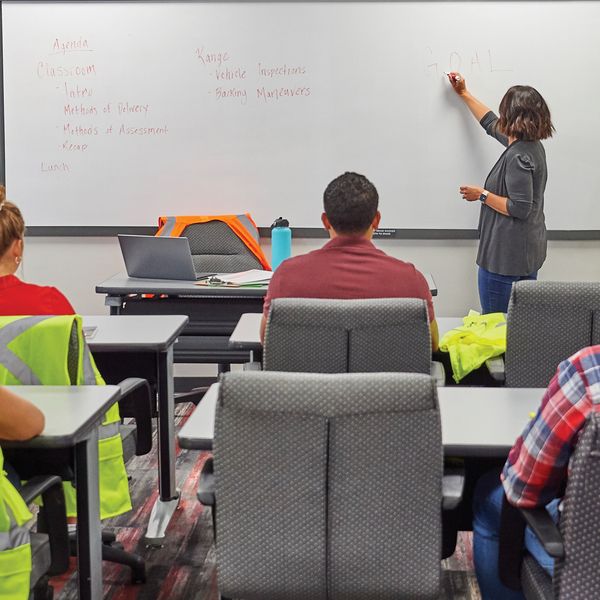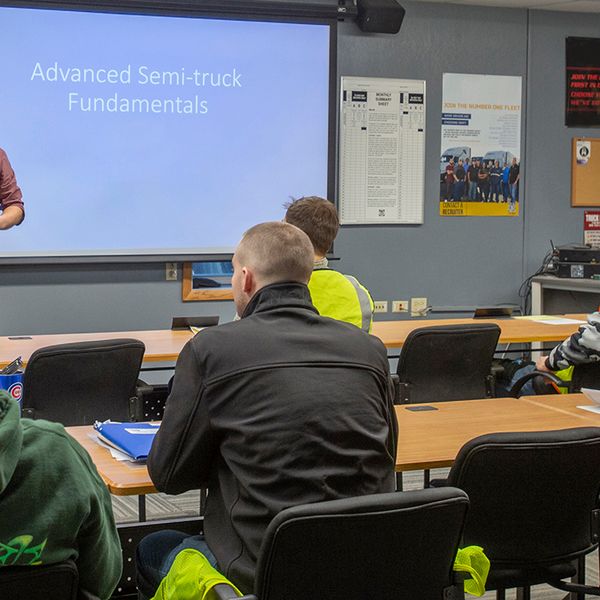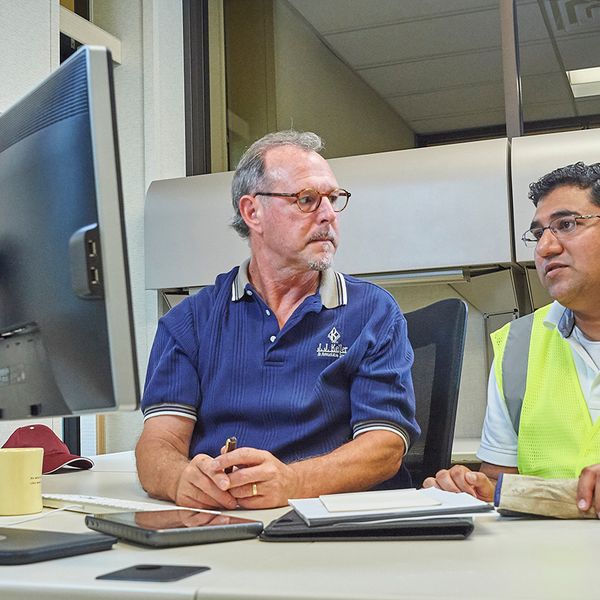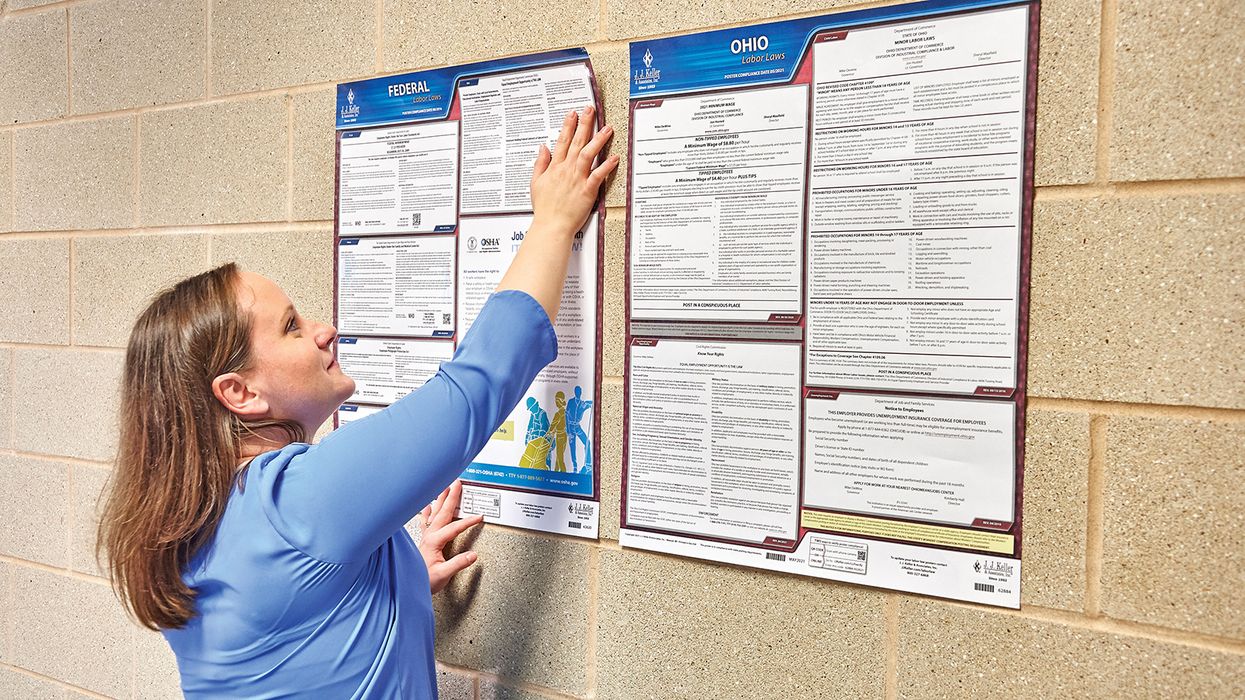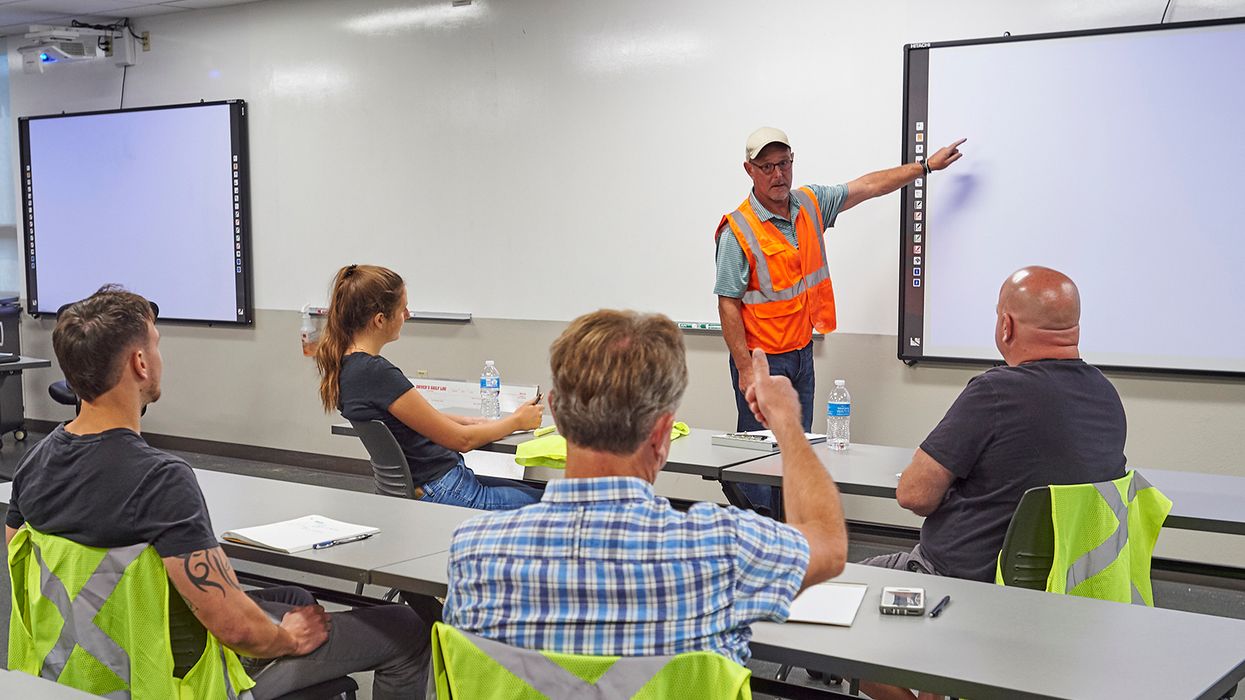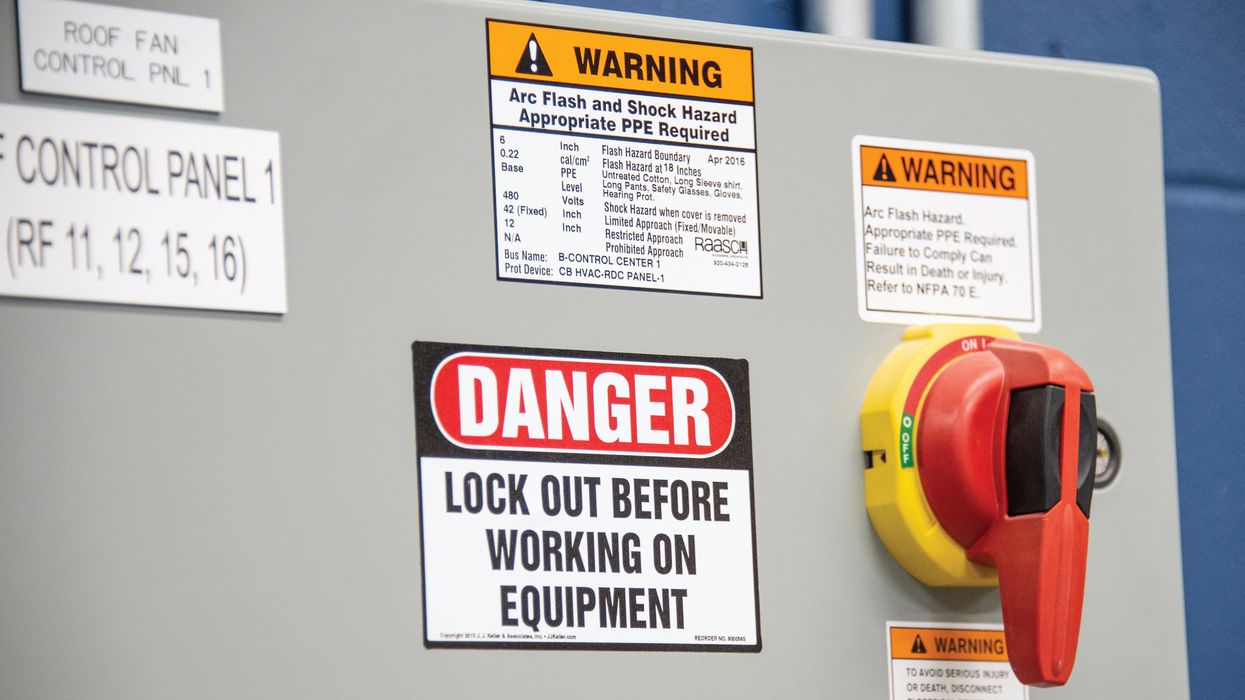NewsIndustry NewsFleet SafetyTransportationFocus AreaIn-Depth ArticleEnglishDriver recruiting and retentionDriver recruiting and retentionUSA
Feedback may be the key to improving your training program, Part two
2023-01-31T06:00:00Z
This is the second article in a two-part series. If you haven’t already, read part one of this two-part article.
In part one, we covered the responsibilities that fall to trainers when it comes to soliciting and applying feedback about your company’s driver training program. In Part two, we’ll cover manager responsibilities and tips for both trainers and managers.
Manager responsibilities
- Support your trainers. While most people would agree that hearing positive feedback is enjoyable, very few feel that way about criticism. In order to avoid putting your trainers on the defensive, emphasize that the goal of requesting feedback is to identify opportunities for improvement in the program. Remind your trainers not to take comments personally, and trainees’ feedback should not be grounds for discipline. Get buy-in from your trainees to take ownership of the program by allowing them to implement some of their own ideas.
- Provide resources. Asking for feedback can work against you if you don’t act on it. Negative comments may eat away at your trainers if they don’t feel like they have the ability to make improvements, and trainees will adopt a “what’s the point?” attitude if their feedback is always ignored. To avoid this, meet regularly with your trainers and review feedback with them. Help them identify specific changes that they can make, and make sure they have the resources they need to make them. Resources might involve giving trainers time to plan new ways to present information, purchasing additional training materials, or seeking out professional development opportunities to help them grow as trainers.
- Promote the program. Your trainers and drivers can’t be expected to buy-in to training sessions if you only talk about training while it’s happening. Instead, make sure everyone knows that you support the training program and that you and your trainers are always looking for ways to make improvements. Remind drivers of who the trainers are and that they can ask trainers for help any time, not just during a formal session. Encourage drivers who are interested in becoming trainers to sign up for a Train the Trainer course.
- Seek feedback from your trainers. It’s only fair; if you want your trainers to make themselves vulnerable by asking for feedback, you should be willing to do the same. A couple of times a year, ask your trainers how they feel about the program. Do they feel supported? Do they have the resources they need? Like your trainers, you should review the feedback you receive and look for ways that you can improve as a manager for your trainers.
Tips for trainers and managers
- All feedback can be constructive. While reading comments from your trainees, try to remain positive and keep an open mind, even if you don’t get the results you were expecting. No one is perfect; everyone has strengths and weaknesses. If you choose to use the information presented to change for the better, then all the feedback is constructive — even if it is less stellar than you would like.
- Walk in their shoes. Self-awareness can be a difficult journey, especially if you have a tendency to respond negatively to criticism by becoming defensive. While it is normal to be taken aback by negative comments, especially if you are perceived by someone in a way that you feel is inaccurate, try to view the situation as a growth opportunity. Is there a reason people may view you this way? Is there something about your behavior you should alter to change coworkers’ perceptions?
- Don’t focus on the negative. While you want to be introspective as you think about behaviors that need improvement, don’t dwell on the negative. An occasional rant from an unhappy party can be expected. Examine the complaint for valid points and address them, if possible, but don’t take a negative comment personally. Remember to also celebrate the positive feedback you receive and consider how you can use those traits to improve in other areas.
Improving your training program will be an ongoing process, but by seeking feedback and acting on it, you can make small changes that may make a big difference.
Key to remember: Both managers and trainers are responsible for seeking out and acting on feedback to improve a driver-training program.





